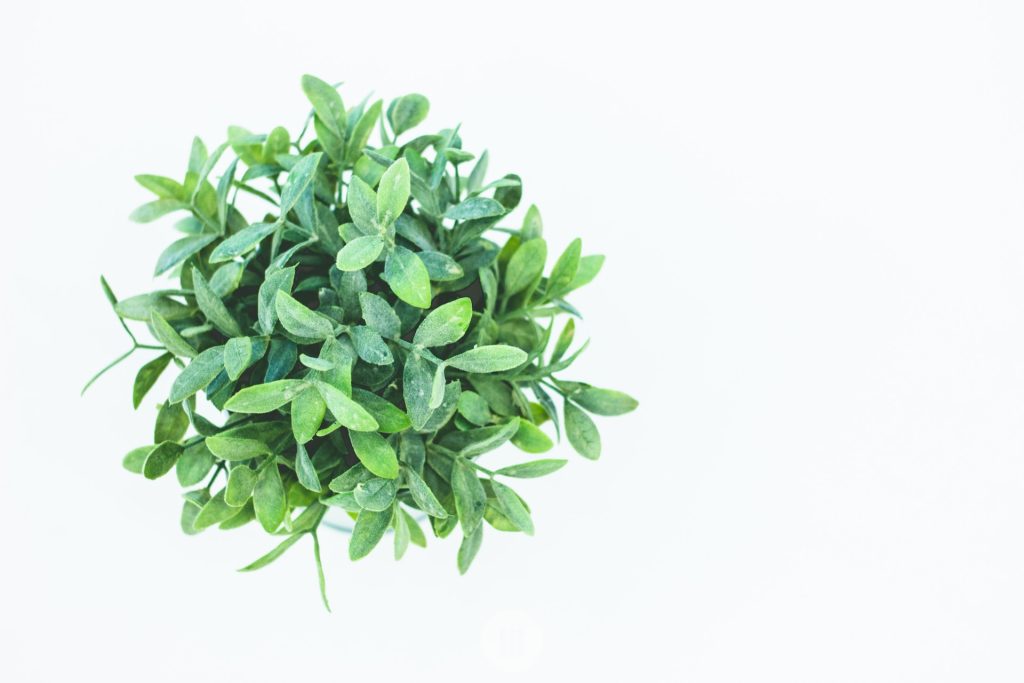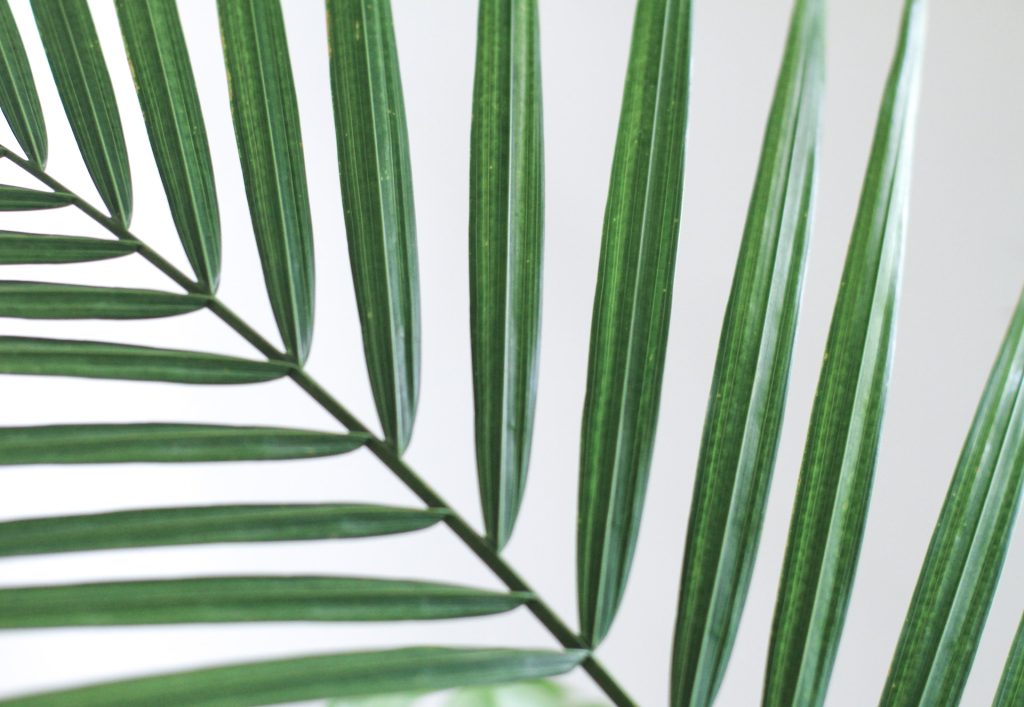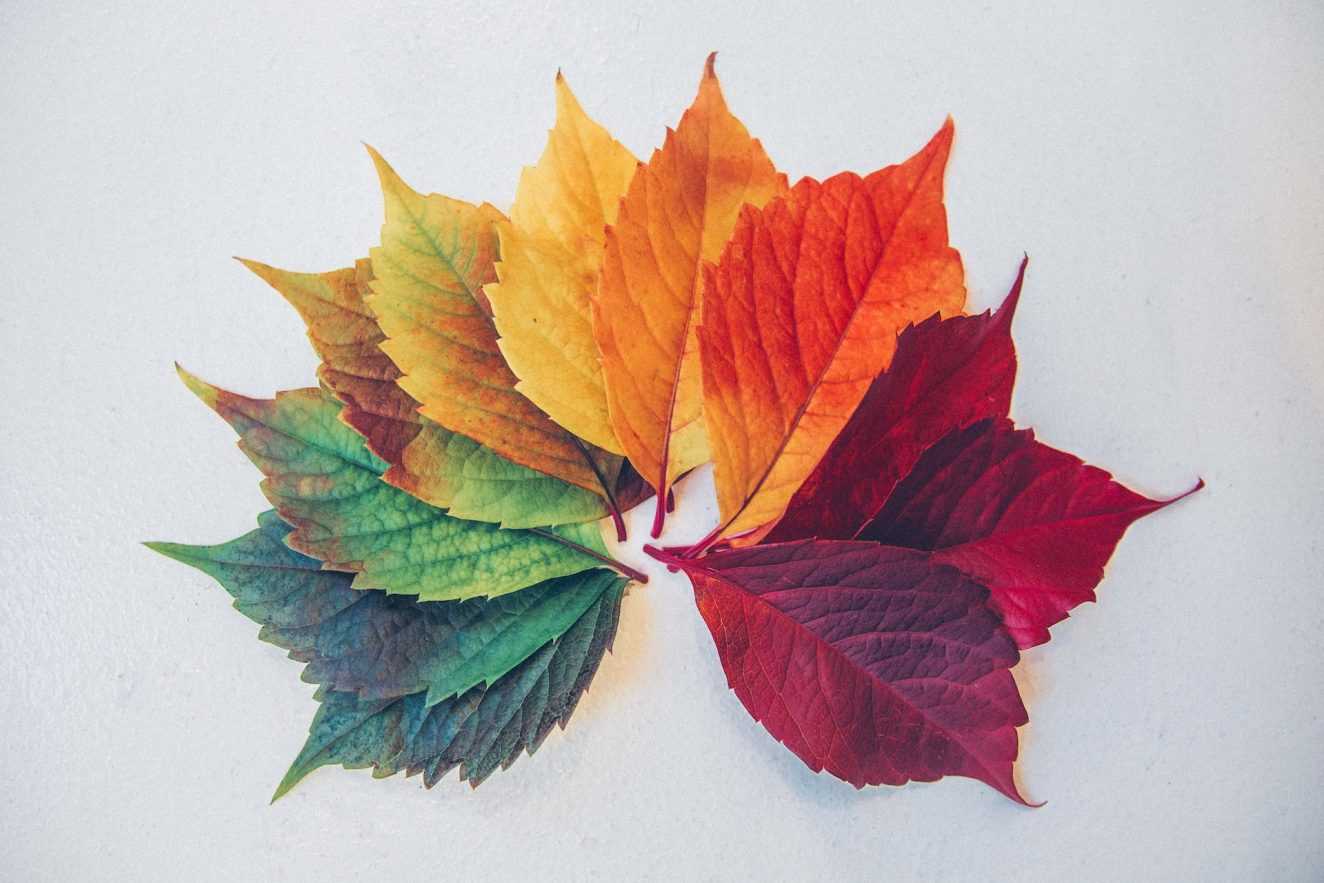Leaves, those intricate and vibrant canvases of nature, are far more than just the greenery that blankets our landscapes. Each leaf is a masterpiece, playing a vital role in the ecosystem while showcasing a dazzling array of shapes, sizes, colors, and textures. Join us on a botanical journey as we explore the diverse world of leaves, discovering the unique characteristics that make each leaf type a work of art.

Simple Leaves
The simplest and most common form, simple leaves have a single, undivided blade. Think of the iconic maple leaf – smooth-edged and singular. Simple leaves come in various shapes, including ovate, lanceolate, and elliptical. They can be found on a multitude of plants, from the classic oak tree to the humble dandelion.
Compound Leaves
In contrast to simple leaves, compound leaves are divided into multiple leaflets. Each leaflet resembles a small, independent leaf. The intricacy of compound leaves varies, with some having just a few leaflets and others displaying an impressive array. The mimosa tree, with its fern-like compound leaves, is a prime example of nature’s artistry.
Needle-Like Leaves
Needle-like leaves are the signature foliage of coniferous trees, such as pines, spruces, and firs. These leaves are adapted to withstand harsh environmental conditions, often featuring a waxy coating to minimize water loss. Needle-like leaves are a prime example of nature’s efficiency, providing trees with an effective means of photosynthesis in challenging climates.
Scale-Like Leaves
Commonly found on plants like cypresses and junipers, scale-like leaves are small, flattened structures that closely overlap, resembling fish scales. These leaves serve as protective armor for the plant, minimizing water loss and providing resilience against harsh weather conditions. Their compact arrangement gives these plants an intriguing, textured appearance.

Palmate Leaves
Picture a hand with its fingers spread wide – that’s the essence of palmate leaves. These leaves radiate from a central point, much like the fingers of a hand extending from the palm. The iconic Japanese maple showcases the beauty of palmate leaves, adding an ornamental touch to gardens and landscapes.
Pinnate Leaves
Opposite of palmate leaves, pinnate leaves are arranged along a central stalk, or rachis. The individual leaflets extend from the sides of the stalk, resembling the structure of a feather. Walnut trees and ferns are notable examples of plants with pinnate leaves, showcasing the elegance and diversity found in nature.
Serrated Leaves
Serrated leaves boast tooth-like edges, adding a touch of jagged beauty to the plant kingdom. The jagged margins serve multiple purposes, from deterring herbivores to increasing the leaf’s surface area for enhanced photosynthesis. Roses and elms are renowned for their serrated leaves, contributing to their distinct aesthetic appeal.
Smooth Leaves
Smooth leaves, also known as entire leaves, have margins that lack teeth or lobes. These leaves provide a sleek and uniform appearance, creating a sense of simplicity and elegance. The magnolia tree, with its large, smooth-edged leaves, exemplifies the beauty of this leaf type, inviting a sense of tranquility to any landscape.
Variegated Leaves
Variegated leaves break away from the monotonous green palette, introducing patterns and splashes of different colors. These leaves can feature combinations of white, cream, yellow, or even pink, adding a dynamic and eye-catching element to the plant. Variegated hostas and aglaonemas showcase nature’s penchant for creating living artworks.

As we wander through the kaleidoscope of leaves that adorn our natural surroundings, it becomes evident that each leaf type is a testament to the incredible diversity and adaptability of plant life. From the simple elegance of smooth leaves to the intricate patterns of variegated foliage, leaves serve as both the unsung heroes of the ecosystem and the visual storytellers of our natural landscapes. So, the next time you find yourself beneath the cool shade of a tree or strolling through a botanical garden, take a moment to appreciate the myriad shapes and textures of the leaves around you – for in each leaf lies a unique chapter in the grand narrative of nature’s artistry.





